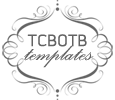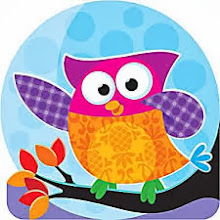With so much information with assistive technology, it can almost be overwhelming. In my search for more information about the assistive technology continuum I came across this...
"Assistive Technology is a continuum of choices and supports. For example, a student may need a simple device such as a pencil grip or may need a more complex software solution to meet his needs. Assistive Technology reviews all of the options for tasks and considers a variety of tools. The following link will provide a diagram of expanded Low to High Tech options.
www.onionmountaintech.com/files/banner.pdf" <-- Great link for anyone to check out!
There are three types of technology, however, that I'll be discussing today, keyboards, mouse emulators, and alternative input/output devices.
Keyboards-Different types include...
*Keyboard labels for students with visual perceptual issues, low vision, no vision, or attention issues. The labels can be created in large letters, braile, or can be blank.
*Selecting/Pointing Devices for students to use a handheld dowel, mouthsticks, chinsticks, and headsticks. These allow students to control the keyboard without having great hand control.
*Keyguards are acrylic or metal for students who need targeting assistance, use a selecting/pointing device, or need wrist support.
*Moisture guards are good for students who have tendencies to spill or drool, they can be reusable or disposable. They can also be printed with key labels for students who have low vision.
Mouse Emulators...Alternative Input Device
*Trackballs are held in a stationary base and is rotated. The mouse on the screen will move in response to the motion of the ball. These will also have 1-3 buttons located near the ball that function like a typical mouse. Great for students who have difficulty controlling the motion of their whole hand.
*JoySticks are great for students who have difficulty moving the typical mouse. The joystick is stationary and students can grip the joystick like the shifter in a car. This allows them to move around on the screen and the joystick also has buttons like a typical mouse for selections.
*Head Pointing Systems allow students with very limited hand control to use their heads to move the mouse on a screen. Large buttons can be placed on head rests to use as buttons on the mouse to make selections.
Alternative Output Devices...
*Screen Magnification is excellent for students who have difficulties seeing or are legally blind. This is actually a free feature on all computers found in the Ease of Access Center. You can section off the screen or select the entire screen.
*Screen Readers provide auditory output for most or all of what's written on the screen. Great for people with difficulty reading.
So many incredible options on every computer to make this extraordinary piece of technology accessible to all users.
Subscribe to:
Post Comments (Atom)


No comments:
Post a Comment